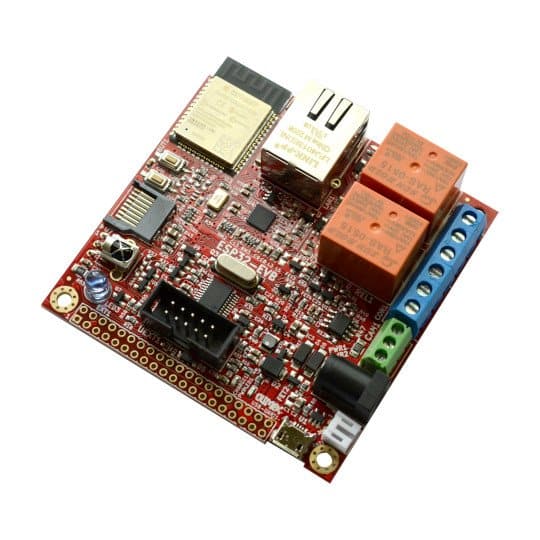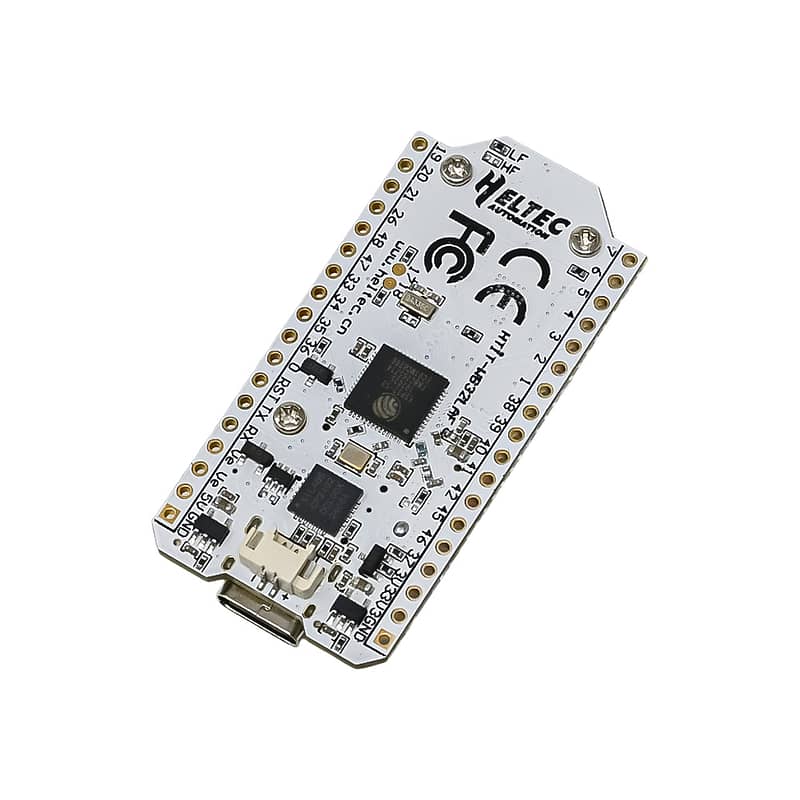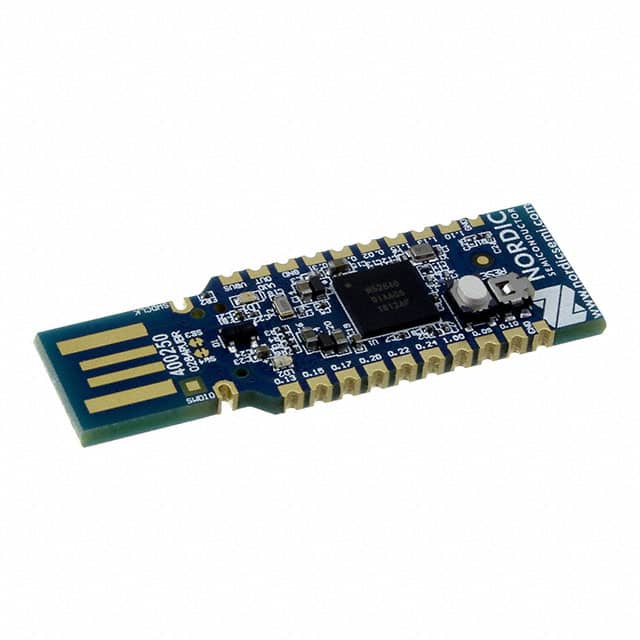Humanoid robots are no longer confined to sci-fi—they’re entering warehouses, offices, and homes. But with so many companies entering the race, how can you evaluate what makes one better than another? Below is a comprehensive, real-world comparison of the five most advanced humanoids on the market.
🤖 Meet the Top 5
- Tesla Optimus Gen 2
- Figure 02 by Figure AI
- Atlas (Electric) by Boston Dynamics
- Digit by Agility Robotics
- Apollo by Apptronik
📊 Specification Comparison Table
| Robot | Height | Weight | Battery & Runtime | Locomotion & Speed | Degrees of Freedom | Hands & Grip | Payload | Sensors |
|---|---|---|---|---|---|---|---|---|
| Optimus | 173–178 cm | 57–68 kg | 2.3 kWh Li-ion, ~8 hrs | Bipedal, ~2 km/h | 28 total, 11 in hands | Human-like, tactile fingers | Est. 20 kg per arm | Autopilot cameras, joint sensors |
| Figure 02 | 167–170 cm | 70 kg | ~5 hrs runtime | 1.2 m/s (4.3 km/h) | 35 total, 16 in hands | Five-fingered, high dexterity | 25 kg | 6 RGB cams, audio, VLM AI |
| Atlas (Electric) | 150–180 cm | 48–89 kg | Unspecified, fully electric | 1.5–2.5 m/s | 28–44 est. | Custom grippers, modular | ~11 kg | LiDAR, stereo cams, LEDs |
| Digit | 175 cm | 65 kg | 16 hrs (dock recharge) | Bipedal, speed N/A | Human-like limbs | Two-claw grabbers | 16 kg total | Vision-based, basic audio |
| Apollo | 173 cm | 72.6 kg | 4 hrs hot-swappable | Bipedal, speed N/A | High DOF (not public) | Presumably gripper hands | 25 kg | Basic vision + sensors |
🔍 Key Takeaways
⚖️ Size and Weight
All robots hover around human scale for interoperability in built environments. Atlas is lightest for agility; Apollo and Figure strike a balance for load-bearing and reach.
🔋 Battery & Runtime
Digit stands out with 16 hours thanks to self-docking; Figure and Tesla offer ~5–8 hour performance. Apollo enables continuous operation via hot-swaps.
🦾 Dexterity & Payload
Figure leads with 35 DOF and dexterous fingers. Tesla follows closely. Atlas focuses on agility over hand precision. Digit and Apollo are built more for logistics.
🎥 Perception & Sensors
Figure and Tesla provide most advanced sensor arrays. Atlas focuses on terrain and balance. Digit and Apollo offer more minimal, task-driven designs.
🎯 Final Thoughts
The humanoid space is diversifying rapidly. Tesla and Figure aim for general-purpose intelligence. Atlas targets extreme mobility. Digit and Apollo hone in on industrial integration. Understanding each robot’s measurements, sensors, and dexterity is key to assessing its role in the real world.




